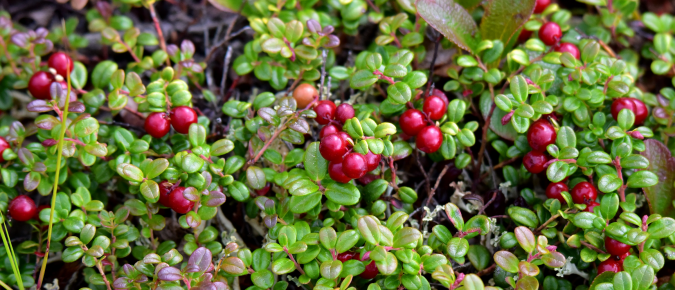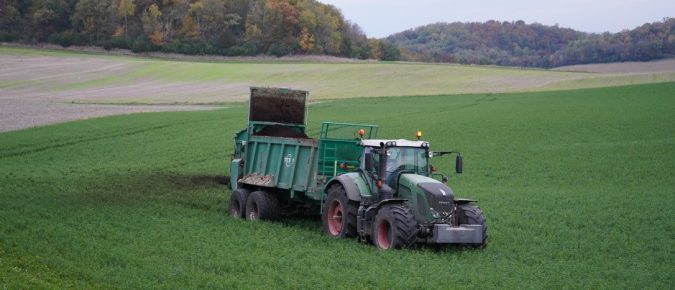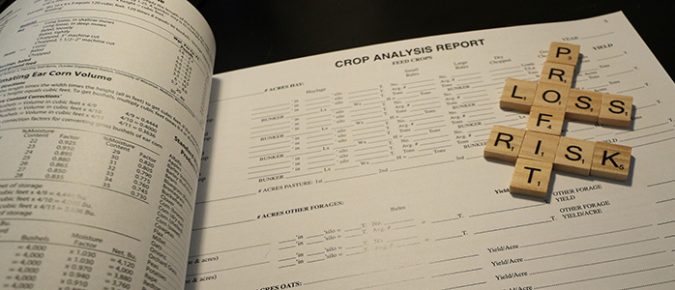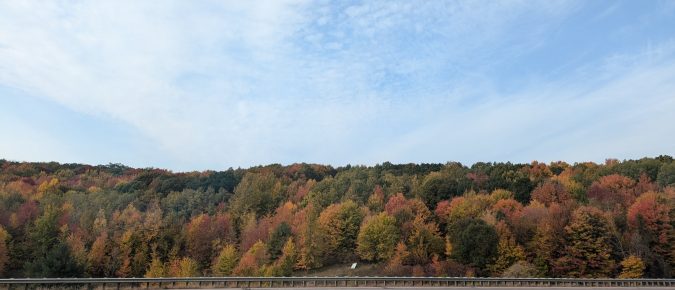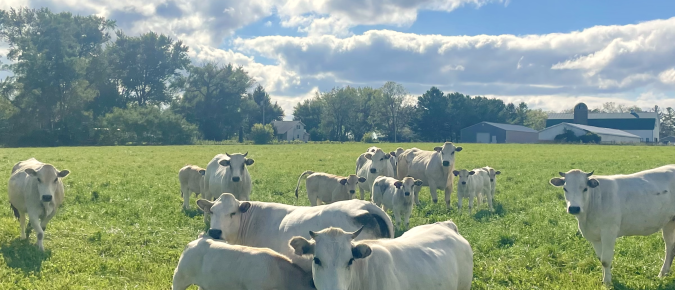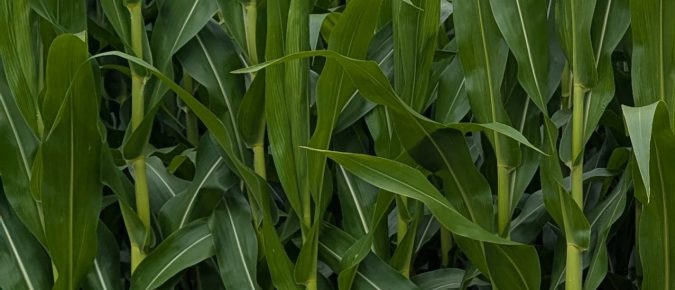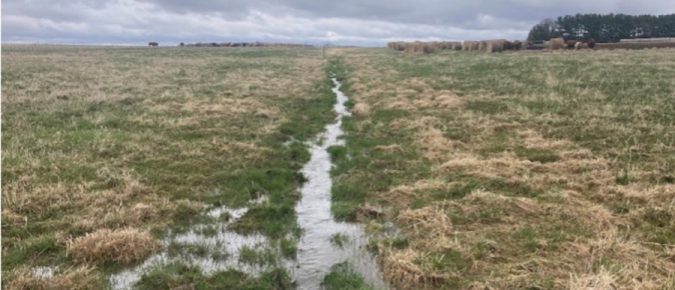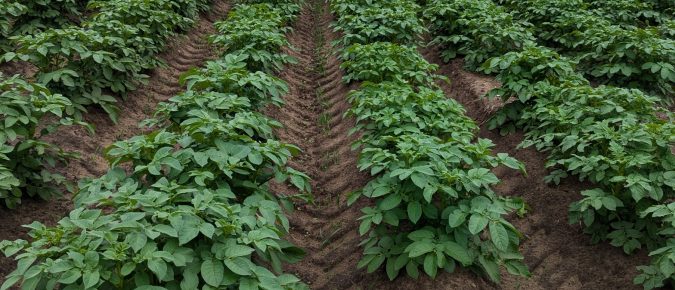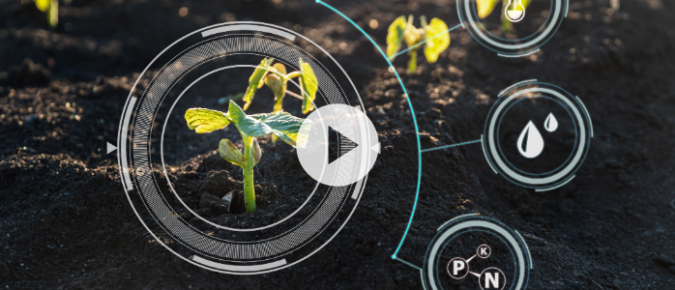Dr. Mallika Nocco and Water Talk co-hosts have a conversation with Dr. Leslie Holland, University of Wisconsin–Madison assistant professor and extension fruit crop pathologist, and Dr. Amaya Atucha, University of Wisconsin–Madison professor and extension fruit crops specialist, about cranberry production, water use, recycling, and enjoyment.
Silva Gaku provides an overview of financial assistance updates for agricultural producers following the passage of the One Big Beautiful Bill.
Dr. Paul Mitchell provides a comprehensive update on agricultural policy and farm income trends for fall 2025.
Dr. Brenda Boetel presents the fall 2025 market outlook for corn and soybeans, offering insights into harvest progress, yield expectations, export trends, and price forecasts.
Josh Bendorf from the Wisconsin State Climatology Office provides a detailed update on weather conditions across the state as of November 6, 2025.
Integration provides many agronomic benefits and can also improve farm financial resilience. Having both crops and livestock in a farm operation helps to balance out farm income when commodity prices change.
Rubens Diogo, a postdoctoral research associate in the Ané Lab, UW–Madison Department of Bacteriology, shares groundbreaking research on enhancing biological nitrogen fixation (BNF) in corn.
Lindsey Hartfiel explores how nitrogen moves through soil and water systems, the impact of agricultural practices, and the importance of data-driven decision-making to mitigate nitrogen leaching.
Josh Bendorf from the Wisconsin State Climatology Office provides a detailed update on weather conditions across the state as of October 23, 2025.
This self-paced training aid includes videos and additional linked resources aimed at walking new participants to the industry through basic production and Integrated Pest Management (IPM) options for potatoes grown in Wisconsin.
Dr. Shawn Conley and Jason Lo present an innovative approach to using large language models (LLMs) for farm management insights.

